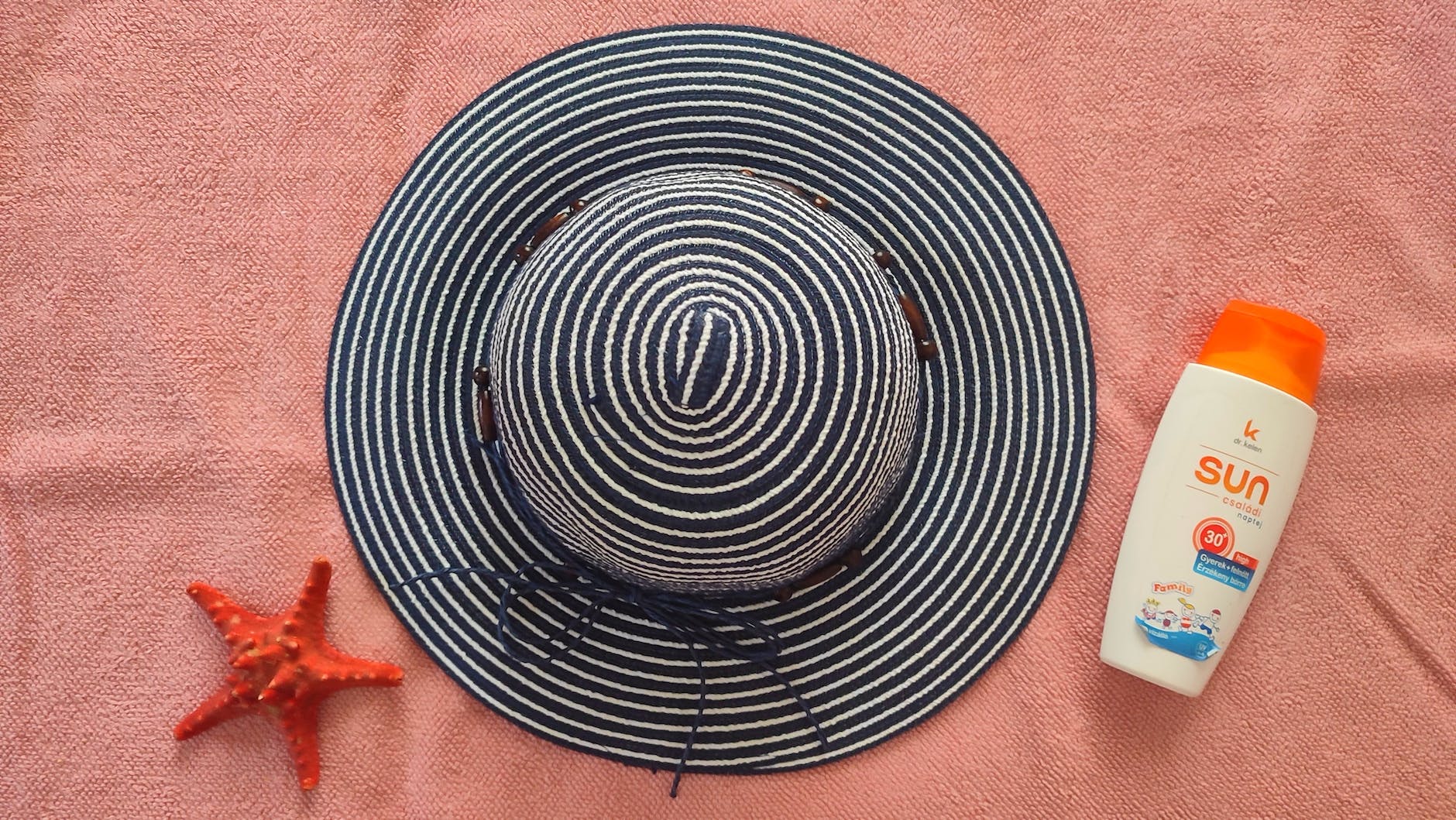
Mineral vs. Chemical: Which Sunscreen is Right for You?
Sun protection is a crucial aspect of skincare. With the myriad of sunscreen options available, it can be overwhelming to choose the right one. The two primary contenders in the sunscreen arena are mineral and chemical formulations. But which one is best for you?
Understanding Sunscreen Basics
Sunscreens primarily shield our skin from the sun’s ultraviolet (UV) rays. These rays split into two main types: UVA and UVB. UVA rays delve deep into the skin, leading to signs of aging like wrinkles, while UVB rays target the skin’s surface, causing sunburns.
A term you’ll frequently encounter is “broad-spectrum,” which means the sunscreen offers protection against both UVA and UVB rays. Another crucial term is SPF, or Sun Protection Factor. This number signifies the sunscreen’s ability to fend off UVB rays, helping you gauge its protective strength.
Now, when it comes to how sunscreens achieve this protection, we enter the realm of mineral versus chemical sunscreens. Each type utilizes a different mechanism to guard your skin against UV rays, and understanding these differences is essential in choosing the right product for your needs.
Mineral Sunscreens
Often referred to as physical sunscreens, mineral sunscreens act as a shield, sitting on the skin’s surface and deflecting the sun’s rays.
Key Ingredients: The primary active ingredients in mineral sunscreens are zinc oxide and titanium dioxide.
How They Work: Rather than being absorbed into the skin, mineral sunscreens sit atop the skin’s surface. The active ingredients, usually zinc oxide and titanium dioxide, act like tiny mirrors. When the sun’s UV rays hit the skin, these minerals reflect the rays back, preventing them from penetrating the skin. This reflection mechanism ensures that the harmful rays are deflected away, offering a shield of protection. It’s akin to wearing a hat or clothing that physically blocks the sun’s rays. Because of this surface-level protection, mineral sunscreens often start working immediately upon application, providing instant defense against UV radiation.
Pros:
- They are often recommended by dermatologists for those with sensitive skin because they cause fewer allergic reactions.
- They offer immediate protection upon application, eliminating the wait time.
- They are less likely to clog pores, making them a good choice for those prone to acne.
- Many mineral sunscreens are environmentally friendly, with reef-safe options available.
Cons:
- They can leave a white cast, especially on darker skin tones.
- Some formulations can be thicker, making them harder to apply and blend.
- They might need to be reapplied more frequently, especially after swimming or sweating.
Chemical Sunscreens
Chemical sunscreens are sometimes called organic sunscreens because they contain organic (carbon-based) compounds.
Key Ingredients: Common ingredients include avobenzone, octinoxate, and octisalate.
How They Work: Unlike mineral sunscreens that sit on the skin’s surface, chemical sunscreens penetrate the skin’s outer layers. Their active ingredients are designed to absorb the sun’s harmful UV rays and ultimately convert them into harmless heat. This heat is then safely dispersed and released from the skin. In essence, chemical sunscreens act as sponges, soaking up the UV radiation and neutralizing it before it can cause any damage. This process ensures deeper protection, but it’s also why it’s recommended to apply chemical sunscreens about 15-30 minutes before sun exposure, giving them time to set and start their protective action.
Pros:
- They tend to be more lightweight and less greasy.
- They are easier to apply, especially in spray form, and blend seamlessly into the skin.
- There’s a wide range of formulations available, suitable for various activities and preferences.
Cons:
- Some people might experience allergic reactions or skin irritations.
- They are not always as environmentally friendly. For instance, octinoxate has been found to harm coral reefs.
- They require about 15-30 minutes after application to become effective.
Factors to Consider When Choosing a Sunscreen
When deciding between mineral and chemical sunscreens, consider the following:
- Skin Type: If you have sensitive or reactive skin, a dermatologist might recommend a mineral sunscreen. On the other hand, if you have oily skin, you might prefer the lightweight feel of a chemical sunscreen.
- Activities: If you’re going swimming or participating in activities that cause heavy sweating, look for water-resistant options and remember to reapply frequently.
- Environmental Concerns: If you’re environmentally conscious, you might lean towards reef-safe mineral sunscreens.
- Other Skin Conditions: If you have specific skin conditions like acne or rosacea, it’s essential to choose a sunscreen that won’t exacerbate your condition.
Which Sunscreen is Best for You?
Regardless of the type, the best sunscreen is the one you’ll wear consistently. Both mineral and chemical sunscreens have their merits, and the right choice often comes down to personal preference and individual needs. If you’re ever in doubt, consulting with a dermatologist can provide clarity and ensure you’re making the best decision for your skin’s health. Remember, sun protection is a daily commitment, and it’s your first line of defense against premature aging and skin cancer. Choose wisely and wear it proudly!






